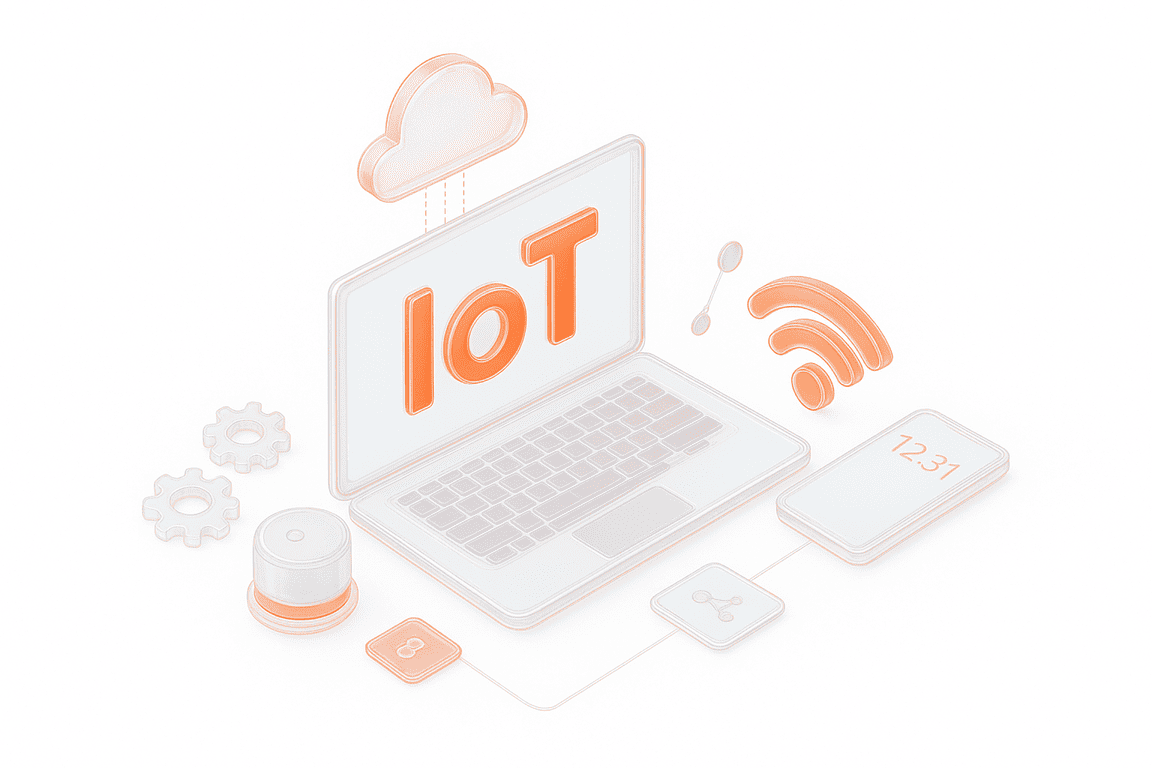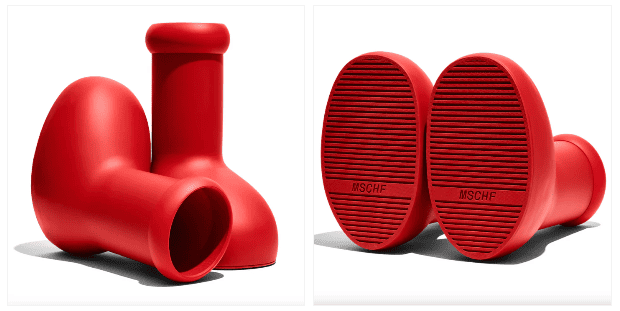Product drops have become a powerful strategy for brands to generate excitement, drive sales, and build loyal customer bases. According to PYMNTS’ research, nearly 72% of Generation Z and bridge millennials reported feeling a stronger connection to brands that engaged in product drops. But executing a successful drop demands precision in planning, marketing, and digital performance.
This guide covers everything you need to know about product drops, from defining what they are and their key benefits to real-world success stories and strategies. If you’re a brand preparing for your next drop or simply curious about how they work, this article will help you make the right decisions and avoid common pitfalls.
Key Takeaways
What is a Product Drop?
A brand releases a new product without warning, causing an instant frenzy of excitement among its most loyal followers. Limited quantities. Limited time. The stakes are high, and customers scramble to be among the lucky few to hit that “Buy Now” button before the product vanishes for good. This, in essence, is a product drop.
Unlike traditional product launches that come with months of teasers, advertisements, and big events, product dropping relies on surprise, exclusivity, and scarcity. It’s fast, exciting, and designed to create instant demand. Where traditional launches aim for sustained growth and market saturation, product drops are short-term, high-impact bursts of attention.
Brands like Nike or Supreme have turned product dropping into an art form. They create precious moments that stay with the fans for a long time to come. The suddenness triggers urgency, as customers fear missing out on a limited-time opportunity. And with limited stock, this urgency turns into a powerful sales driver.
Of course, behind every successful drop is careful planning. The timing is calculated, digital infrastructure is prepared for traffic spikes, and logistics are ready to handle quick fulfillment. It’s a balancing act of strategy and hype, making product drops both a marketing event and a customer experience challenge.
While traditional launches aim for gradual success, product drops focus on creating immediate impact — and that’s what makes them unforgettable.
Benefits of Product Drops
The main allure of product drops is in creating a brand moment that sticks with the audience. Done right, product drops offer brands a unique mix of marketing, testing, and long-term growth opportunities. Let’s break down the benefits that come with successful product drops:
Delivering Massive Drop Marketing Opportunities
Delivering Massive Drop Marketing Opportunities
A product drop strategy should aim to create a spectacle. The anticipation, surprise, and limited availability naturally generate buzz. Multichannel marketing plays a crucial role in maximizing the reach of a drop, ensuring that the excitement spreads across various platforms. Social media becomes the battlefield, with customers and influencers amplifying the hype. Instead of brands paying for extended ad campaigns, the drop itself becomes the promotion.
Driving Immediate Sales
Limited-time availability creates urgency, motivating buyers to make faster purchasing decisions. The psychological pressure of FOMO — “buy now or miss out” can lead to quicker sellouts and an instant revenue spike. For brands, this is a powerful way to maximize sales in a short window.
Creating Exclusivity to Build Brand Loyalty
Nothing says “elite” like owning something few others can. Product drops thrive on exclusivity. They make customers feel special and connected to the brand. This sense of exclusivity doesn’t just drive purchases — it helps build brand loyalty by creating a customer base eager to be part of the next drop.
Testing Products Before Full-Scale Launches
Drops provide a unique way to test new products without a huge upfront investment. Brands can gauge customer reactions, identify potential improvements, and use feedback before committing to mass production.
Collaboration Potential
Collaborations with influencers, designers, or other brands elevate product drops into cultural events. For any type of drop — be that limited-edition sneaker or a co-branded tech gadget — partnerships drive more engagement, expand reach, and boost brand credibility.
Amplifying Customer Engagement
The interactive nature of product drops — social media contests, exclusive pre-access, or countdown timers — keeps customers actively involved. It’s not just the purchase; it’s all the elements and moments leading up to it, the experience of being part of something bigger that is happening here, right now.
Product Drop Examples
Over the last two years, brands have pushed creative boundaries with product drops, generating global buzz and influencing consumer culture. Here’s a closer look at some of the most successful product drops and why they worked.
MSCHF’s Big Red Boots (February 2023)
In early 2023, MSCHF took social media by storm with their new product drop — viral Big Red Boots. Modeled after cartoonish footwear reminiscent of Astro Boy, the exaggerated design became an instant sensation. Celebrities like professional wrestler Seth Rollins wore them on major platforms like WWE, further fueling their popularity.
Louis Vuitton x Timberland Collaboration (Fall/Winter 2024)
During Paris Fashion Week, Louis Vuitton, under Pharrell Williams’ creative direction, unveiled a collaboration with Timberland. The limited-edition boots combined the rugged durability of Timberland with Louis Vuitton’s luxury design, resulting in a product that blended workwear with high fashion.
MSCHF’s Microscopic Louis Vuitton Handbag (June 2023)
MSCHF made headlines once again with a microscopic handbag — smaller than a grain of rice — that resembled Louis Vuitton’s design. The bag was auctioned off for over $63,000.
Product Drop and Performance Testing
So, your brand has spent months building hype around a limited product drop. The countdown hits zero; customers flood the site, and then — disaster. The page won’t load, checkout stalls, and frustrated buyers leave empty-handed. For brands, this is the nightmare scenario, and it’s exactly why performance testing is critical.
A successful product drop relies on a platform that can handle massive, sudden surges in traffic just as much as it relies on exclusivity and marketing. When thousands of eager buyers hit the “Add to Cart” button within seconds, your website becomes the focal point of their experience. To ensure systems can withstand such unpredictable stress, some teams even explore chaos engineering techniques—intentionally introducing failures to uncover weak spots and improve resilience ahead of critical launches. Without proper eCommerce website testing and performance optimization, that experience can quickly turn into a PR crisis.
Why Performance Testing Is Essential
Strategies for Successful Product Drops
A successful product drop is a carefully orchestrated event that requires strategy, timing, and precision. Here are the key strategies brands use to make sure their drops leave a lasting impact:
1. Build Hype Before the Drop
The secret to a successful drop is anticipation. Brands need to create buzz through teasers, countdowns, influencer collaborations, and social media engagement. Think of it as setting the stage for a performance — without the buildup, the main act won’t hit as hard.
Tactics:
2. Deploy the Drop with the Right Technology
Even the most hyped drop products will fail if the platform crashes. Brands must ensure their websites and apps are equipped to handle traffic spikes and high transaction volumes. This is where performance testing plays a key role (see our Website Load Testing solution).
Tactics:
3. Choose the Right Products to Drop
Not every product is drop-worthy. The best drop products involve items that are unique, limited, or have cultural significance. These products should excite customers and be worth the wait.
Tactics:
4. Segment Audiences for Maximum Impact
Different customer segments respond to drops differently. Brands can create targeted campaigns, offering early access to VIP customers or providing tailored marketing messages to various groups.
Tactics:
5. Create a Sense of Urgency
The core of any drop strategy is urgency. Limited availability and tight timeframes drive FOMO, pushing customers to act fast. Without urgency, the excitement quickly fizzles.
Tactics:
How PFLB Ensures Flawless Product Drops with Performance Testing
A product drop is as much about technical precision as it is about marketing. With years of expertise in performance testing, we help brands prepare their websites and online platforms to handle high-traffic surges — without crashing, slowing down, or losing customers.
Proven Expertise in Performance Testing
At PFLB, we have extensive experience in performance testing across various industries, ensuring systems remain stable under intense loads.
Why Choose PFLB?
Scalable Cloud-Based Testing Without Limits
We simulate massive traffic loads — over a million virtual users globally. No need for costly hardware or complex setups. Our cloud-first approach ensures your tests reflect real-world conditions, whether you’re targeting local audiences or international markets.
Instant, Actionable Insights Through Real-Time Monitoring
Track critical metrics like response times, server performance, and error rates with live dashboards designed for immediate feedback. Our advanced diagnostic tools quickly spot performance weak points, from sluggish database queries to network delays, saving you time and preventing disruptions.
Compliance-Grade Reporting Built for High-Stakes Industries
Whether you’re in finance, healthcare, or eCommerce, we understand that compliance isn’t optional. Our testing reports provide the detailed, audit-ready documentation you need to meet strict regulatory standards like HIPAA and PCI DSS, keeping you safe from costly penalties.
Tailored Testing Strategies from Industry Experts
Your product drop isn’t generic — your performance testing shouldn’t be either. Our experienced engineers design custom testing plans that fit your business objectives, whether you’re preparing for traffic spikes during sales events or ensuring smooth performance for IoT devices. With PFLB, every test is crafted to deliver real results.
Ready to Optimize Your Platform’s Performance?
Contact us today to explore how our performance testing services can help your website or application handle high traffic, ensure stability, and deliver the best user experiences.
Final Thought
A successful product drop must deliver an experience that feels seamless from start to finish. No matter how exciting the product is, if the website crashes, lags, or frustrates customers during checkout, the opportunity is wasted. Performance is just as critical as the drop itself, and in many ways, it defines the outcome.
To ensure your new product drop goes off without a hitch, consult the experts. Let us help you optimize your platform and deliver an experience your customers will remember for all the right reasons. Contact PFLB today.
Related insights in blog articles
Why Averages Lie: Mathematical Methods for Load Testing

Relying on “average” metrics alone makes load testing surprisingly inaccurate. In this article, we’ll show how to avoid the usual traps and walk through practical techniques for mathematically modelling a workload profile, from analyzing variance and correlations to spotting Simpson’s paradox and validating the final model. When a company moves to a new system, the […]
DevDays Europe Conference 2026 – Advance Your Software Development Expertise

DevDays Europe is the ultimate software development conference that aims to bring together the brightest minds and innovators in the software development community. Join the conference for an immersive experience filled with transformative insights, collaborative opportunities, and the latest cutting-edge technology. The DevDays Europe 2024 will be happening both on-site and online, allowing everyone to join the event in their preferred format.
UI Load Testing: Full Guide

When an application starts to slow down, users notice it immediately. Pages hesitate to load, buttons lag, animations freeze for a split second, and that’s often enough to make someone close the tab. These issues rarely come from the backend alone. In most cases, the real strain appears in the browser, where scripts, styles, and […]
Internet of Things Testing: Benefits, Best Practices, & Tools for Reliable Connected Systems

IoT is an ecosystem of devices connected through networks and relying on cloud or app services for endless communication, data exchange, and smart automation. For this ecosystem to work seamlessly 24/7, it heavily depends on IoT testing. Apart from impeccable performance, the latter guarantees the reliability, protection, and integrity of diverse devices, networks, apps, and […]
Be the first one to know
We’ll send you a monthly e-mail with all the useful insights that we will have found and analyzed
People love to read
Explore the most popular articles we’ve written so far
- Top 10 Load Testing Tools for 2025: The Deep Dive Sep 9, 2025
- Cloud-based Testing: Key Benefits, Features & Types Dec 5, 2024
- Benefits of Performance Testing for Businesses Sep 4, 2024
- Android vs iOS App Performance Testing: What’s the Difference? Dec 9, 2022
- How to Save Money on Performance Testing? Dec 5, 2022



